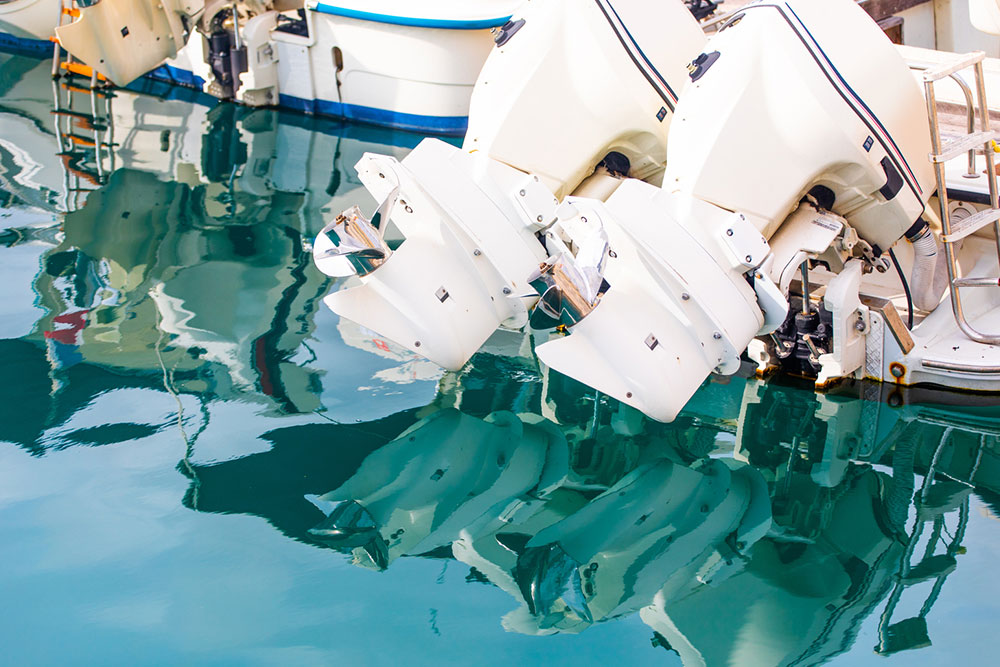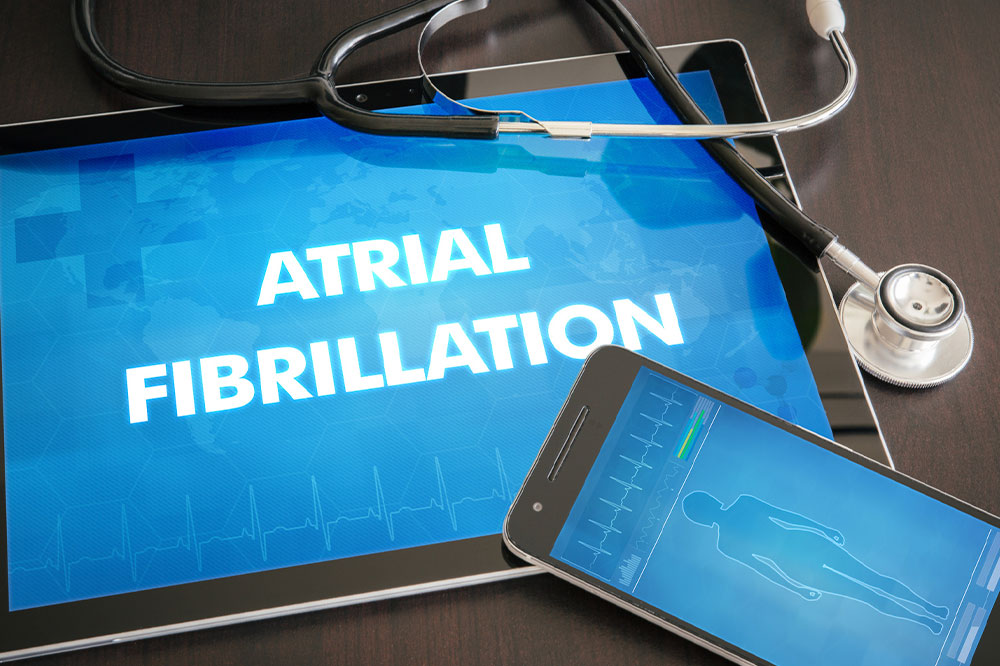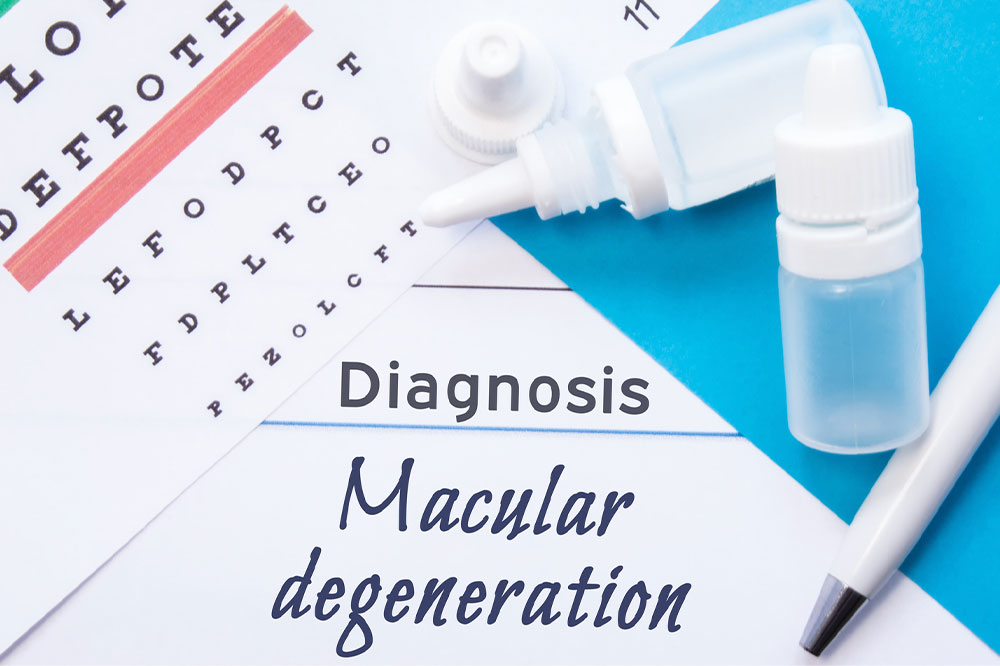
Must-have equipment for a safe boating experience
As boating enthusiasts prepare to set sail, the significance of a well-equipped vessel cannot be overstated. Each item is vital, from safeguarding lives to ensuring accurate navigation. With these essentials at hand, boaters can embark on their journeys with confidence and the ability to tackle any challenges they may encounter on the water. Regular maintenance and familiarity with equipment are the cornerstones of safe boating. Let’s look at some of the must-have tools for boaters.
Safety gear
- Life jackets
Beyond their primary function of ensuring buoyancy in emergencies, life jackets offer unparalleled peace of mind. Their snug fit and secure fastening provide reassurance to passengers, allowing them to focus on the experience of boating. Inflatable options, while comfortable, do not compromise on safety as they are designed to automatically inflate upon immersion. - Throwable flotation devices
These unassuming lifesavers hold immense significance. In times of distress, they bridge the gap between peril and rescue, offering immediate assistance to those struggling in the water. Their buoyancy provides valuable time for the arrival of professional help. - Fire extinguishers
Tailored specifically for marine environments, these extinguishers are reliable and effective in defending against fire-related threats. Their classification system ensures that they are equipped to combat different types of fires. Swift access to a dependable fire extinguisher can make all the difference in averting a potential catastrophe. - Visual distress signals
Far beyond just being pyrotechnics, these signals serve as beacons of hope in emergencies. Their vivid displays help through the uncertainty, attracting the attention of nearby vessels or rescue services. In the face of adversity, these signals stand as a lifeline. - Sound signaling devices
Whistles, air horns, and bells serve as auditory sentinels on the water. Their piercing tones slice through fog and confusion, providing critical alerts to nearby vessels. In times of limited visibility, these devices offer an additional layer of safety. - Personal locator beacons (PLBs)
PLBs are compact distress beacons that, when activated, transmit a signal to search and rescue authorities. They provide a precise location, expediting rescue efforts in emergencies. Boaters can rest assured that assistance will be provided, even in distant and isolated areas.
Navigation tools
- Charts and maps
Nautical charts are gateways to safe navigation. They unfurl a tapestry of vital information, from water depths to navigational hazards. Armed with these charts, boaters can confidently maneuver their course, avoiding potential dangers. - Compass
In the realm of navigation, a reliable compass is an unwavering guide. Its steadfast needle ensures a steady heading, acting as a timeless backup to modern technology. Even in the age of GPS, a compass is a stalwart companion. - GPS and chartplotters
These electronic marvels offer real-time insights into a vessel’s position. From course-plotting to speed tracking, they augment navigation with unmatched precision. Boaters can confidently explore new horizons, knowing their position is known to the last detail. - Radar systems
These systems provide a crucial layer of safety, especially in adverse weather conditions or low visibility. They detect the presence and movement of other vessels or obstacles, making potential dangers visible to the naked eye. - Automatic identification system (AIS)
AIS transponders broadcast a vessel’s position, course, and speed to nearby vessels equipped with AIS receivers. This technology enhances situational awareness and helps prevent collisions, particularly in busy or congested waterways. - Electronic chart display and information system (ECDIS)
ECDIS is an electronic navigational tool that displays electronic navigational charts and additional information, providing a comprehensive view of a vessel’s surroundings. It enhances safety and efficiency by integrating various data sources.
Communication devices
- VHF marine radio
The heartbeat of maritime communication, VHF radios enable seamless contact with other vessels and emergency services. It cannot be emphasized enough how important their role is in relaying weather updates and distress calls. In moments of uncertainty, they stand as a lifeline to safety. - Cell phone or satellite phone
In an interconnected world, communication transcends boundaries. Cell phones or satellite phones ensure that boaters are never beyond reach. Whether in areas of cellular coverage or the remote expanses of open water, these devices offer a vital link to the real world. - Emergency position indicating radio beacon (EPIRB)
EPIRBs are another important boater’s equipment designed to transmit a distress signal to search and rescue satellites. They provide a precise location and are essential for summoning help in life-threatening situations, such as vessel sinking or grave danger. - Digital selective calling (DSC)
DSC is a technology that allows boaters to send distress alerts and other urgent messages via VHF radio. It enhances the speed and accuracy of distress communication, ensuring that help is summoned swiftly and effectively.
Anchoring equipment
- Anchor
An anchor can secure a vessel in place and offer stability and security. Boaters can confidently off-board without having to worry about their vessel moving. - Anchor line or chain
The connection between the anchor and the vessel is a lifeline in itself. Whether a sturdy line or a robust chain, this link ensures that the anchor exerts its full holding power. Boaters can rest easy, knowing that their vessel is secure. - Windlass (optional)
For larger vessels or those with substantial anchors, a windlass adds a layer of convenience. It mechanizes the process of raising and lowering the anchor, sparing boaters physical exertion.
Boat maintenance tools
- Tool kit
A tool kit is a boater’s arsenal of preparedness. Its assortment of wrenches, pliers, screwdrivers, and more stands ready for any eventuality. With these tools, boaters can address minor repairs, ensuring their vessel remains in peak condition at all times. - Spare parts and accessories
Spare parts such as fuses, bulbs, belts, and critical components form a safety net against unexpected technical failures. Boaters equipped with these essentials can resolve minor issues before they escalate. - Multimeter
This versatile tool measures electrical voltage, current, and resistance, making it invaluable for diagnosing and troubleshooting electrical issues on board. It empowers boaters to address electrical problems swiftly and effectively. - Bilge pump and float switch
These critical components work together to manage water in the bilge. The bilge pump removes excess water, while the float switch automatically activates the pump when water reaches a certain level. This ensures that the vessel remains dry and buoyant. - Corrosion control tools
Boaters should have tools for addressing corrosion issues, such as wire brushes, corrosion inhibitors, and anodes. These tools help prevent and mitigate the damaging effects of corrosion on a vessel’s metal components.




